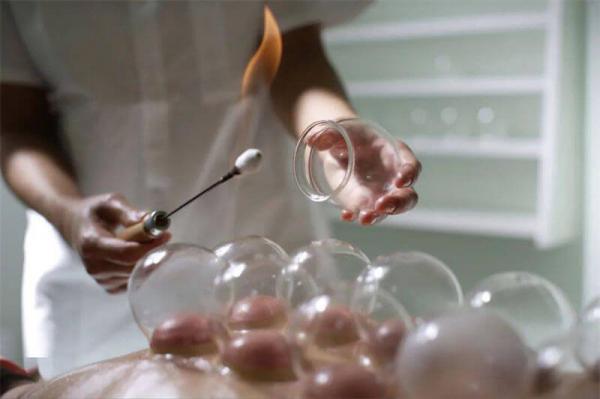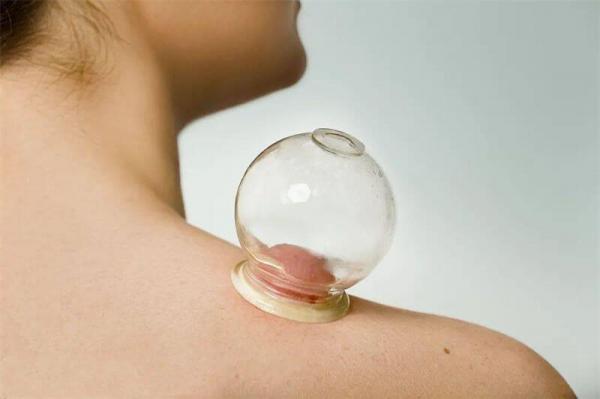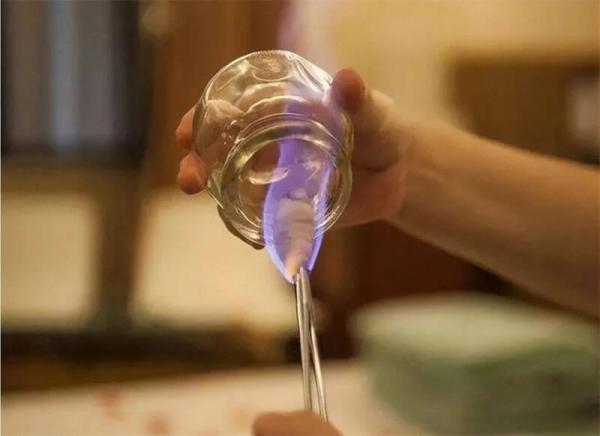What Is Cupping Therapy? Benefits & Side Effects
American swimming Gold medalist Michael Phelps’s back was much talked about in the 2016 summer Olympics. Cupping left multiple circular discolorations (bruises) on his skin.
Cupping therapy was recorded in medicine books of central Asia during the 7th and 8th century. Mongolian army’s occupation of central Asia facilitated the medical exchanges. Kublai Khan, the founder of Yuan Dynasty (grandson of Genghis Khan), ordered the establishment of Muslim medical academy in Beijing in 1292.
From the existing excerpts of medical books from the academy, it is logical to conclude the cupping therapy was practiced in the Mongolian Dynasty in China. But it is possible that the practice was not really adopted until the last dynasty of China, the Qing Dynasty.
Cupping can help with the balance of Yin and Yang. Inside the body, too much Yang creates heat and too much Yin results in cold and blockage of the meridians. Cupping applied on different Xue Wei (meridian points) can help treat illnesses of different natures. It is better applied together with TCM massage, as some of the Xue Wei (meridian points) can be badly blocked – massage first, then cupping. Human body generates garbage. And when the body is infected with diseases (TCM doctors do not have terms for virus, but believe these are all “outside evil air”.), human body speed up the metabolism to rev up the immunity to fight. Battle grounds are stacked with dead bodies of blood cells and germs or viruses. Normal metabolism cannot get rid of this garbage quickly enough. This could cause part(s) of the body to malfunction for some time. Cupping creates vacuum which causes bloodshot and gore, resulting in capillary to bleed. Haemoglobin released from the blood cells is good stimulation for the body, improving the work of the white blood cells. Cupping improves the sensitivity and tolerance of the skin, enhancing the immunity of the body. The vacuum from cupping therapy opens up the sweat pores. The sweat and sebaceous glands’ functions are improved with the stimulation. Old skin cells fall off, facilitating the discharge of toxins and garbage inside the body. Nerves and muscles at the cupped area are stimulated. Neuro-endocrine system is called upon and improves blood vessels’ contraction, facilitating the blood circulation in the area. Cupping can help treat illnesses of internal organs. TCM believes the different meridian points on the body are linked to various internal organs. Thus the cupping’s stimulation & removal of excessive heat or cold of these points go into the internal organs and can achieve a balance of Yin and Yang. The appearance of the skin being cupped can help a TCM doctor analyze the nature, location of the illness. A very popular TCM saying goes, when one has pain somewhere in the body, the corresponding meridians must be blocked. And when the blockage is removed, the pain will be gone. 
Cupping is not a cure-all. It is applicable to the following situations: rheumatic fever, Rheumatoid arthritis, fibrositis, nerve pain, asthma, herpes zoster, general colds. It is good for a better immunary system. But when it comes to chronic problems and strained muscle pain, cupping cannot help or even make it worse. So you need to always consult your doctor. Cupping reduces the Qi (energy) in the body. People with weak body and heart problems should be careful with cupping or simply avoid it. The pain stimulation on the skin may trigger heart problems. Shower or bath should not be taken immediately after cupping, as opened sweat pores could lead to cold (Han Qi) getting inside the body, causing more problems. Shower or bath is recommended 4-5hrs at least after the therapy and should be taken with warm or hot water. Cupping should not be applied to chest (heart area), wounds, and places with tumors inside. Abdomen should be avoided for pregnant women. Cupping time should be within 15min to avoid skin infection. Small blisters can be neglected, but larger ones should be treated by the doctor. Same skin area should not be treated with cupping frequently to avoid skin infections. One needs to go for the 2nd cupping therapy after the skin colorization fades away. Cupping therapy should not be taken with a full stomach or empty stomach. And as it takes some time, so one should go to toilet first to make sure the cupping is an uninterrupted process. Travel to China and receive a Cupping therapy – when you book a tour with us, you can include this cupping therapy experience! Chinese Feng Shui Chinese Kung Fu Wedding Customs and Traditions in China
Cupping therapy is a very old medical tradition practiced around the world. But the cupping we are going to talk about in this article is cupping therapy applied in Traditional Chinese Medicine (TCM).

Cupping therapy history around the world:
3200 years ago, according to the Greek epic poem Iliad, an army doctor treated a princess with cupping to let out the blood. In the temple for Asclepius, God of Medicine in the legend, there were reliefs on the wall depicting the doctor applying cupping with animals’ horns. In a famous ancient medicine book in India, at least 2500 years ago, blood-letting with animals’ horns were recorded. About the same time (as India) in China, cupping was also recorded with aims of blood-letting, and body rotten tissues (abscesses) removing, also with animals’ horns and other tools. It was recorded as “horning”.Cupping therapy was recorded in medicine books of central Asia during the 7th and 8th century. Mongolian army’s occupation of central Asia facilitated the medical exchanges. Kublai Khan, the founder of Yuan Dynasty (grandson of Genghis Khan), ordered the establishment of Muslim medical academy in Beijing in 1292.
From the existing excerpts of medical books from the academy, it is logical to conclude the cupping therapy was practiced in the Mongolian Dynasty in China. But it is possible that the practice was not really adopted until the last dynasty of China, the Qing Dynasty.
Cupping therapy applied in Traditional Chinese Medicine (TCM)
In the 17th century in China, the medicine book Notes to Jin Kui Yao Lue (Essential Prescriptions from the Golden Cabinet) recorded cupping applied in TCM. The author Xu Bin said in the book he witnessed cupping with fire thrown in the pottery cup and immediately applied to the body. The cups sucked out the inside cold with powerful results. This is possibly the earliest record of Cupping Therapy China is using today.Cupping application areas correspond to the meridian theory of TCM (placement on the related Xue Wei, or meridian points) and is carried out with the aim of getting rid of the Feng (wind), Han (cold) and Re (Heat) inside the body.

The benefits of Cupping – what can cupping treat?
